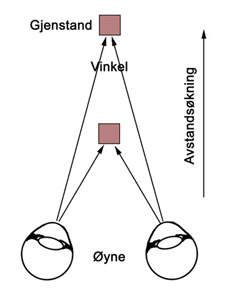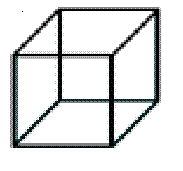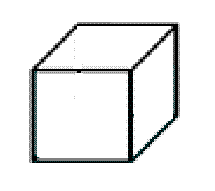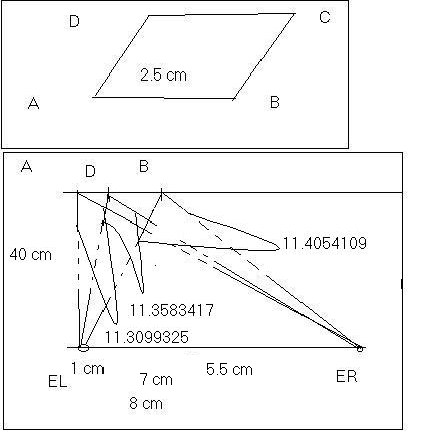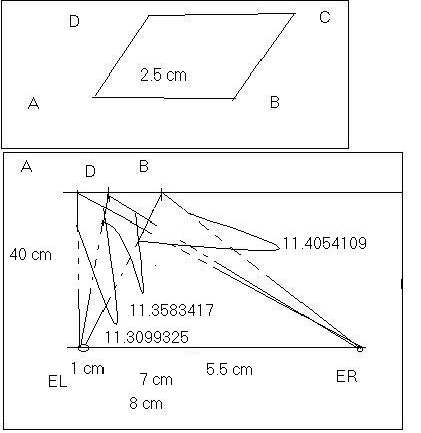Okay, think of something that
gives you a feeling of peace or joy or happiness. Like a daughter or
something like that. Now, how do you know you are joyful or peaceful? You
have to feel it in the body to notice it generally…I notice it in my
chest. when I imagine my sister as a child I feel a freedom in my chest
and a releasing in my body–like a feeling space and freedom in my body.
Now…I don’t know if I am really feeling this “in my muscles”
in the usual sense of muscular feeling or sensation. Just check our the
chest area and see…is it in the muscles? or bone? It doesn’t feel to me
like it is a kinesthetic sense exactly. I may not understand kinesthetic
sense, but I think of muscles and movement as a sensation in the
kinesthetic sense. It seems to be felt in the body, but it doesn’t feel
like typical sensation on my skin, in my muscles. It feels like something
else. Do you notice this?
[From Bill Powers (2005.06.24.-545 MDT)]
Jason Gosnell (2005.06.23.
17:55 CST) –
Of course, but I don’t interpret it the same way. You can feel the
biochemical states of your body as well as the states of muscles, as when
you feel excited or otherwise geared up for action (or exhausted or
lethargic …). But that’s just the somatic component of what people call
an emotion – you’re ignoring the cognitive part that goes on in your
brain. When you imagine something such as a sister or a child, you’re
generating perceptions in your perceptual hierarchy, and you have
preferences, goals, intentions, regarding those perceptions. Perhaps
imagining absent persons reduces error signals, if the people are not
present and you wish they were, so you relax the myriad little efforts –
and conflicting efforts – that the wishing produces. You say that
feeling of relaxation “feels good.” There are many
possibilities, and only the Occupant knows which are true – and the
occupant, the observer, must use the brain to form thoughts about those
experiences. The conclusions could easily be mistaken. The observer knows
only what the brain constructs for it to know, and the brain often gets
wrong ideas about things.
Don’t forget that what you call your body is, according to PCT, a set of
perceptual signals in your brain. You can’t experience your physical body
directly any more than you can experience the external world directly.
You’re describing perceptions of your body that exist in your brain, and
thoughts about those perceptions, the thoughts also existing in your
brain. While you can’t be mistaken about having these experiences,
anything you think or say about them can be mistaken.
It feels like a kind of energy
or feeling or sense. But not the way most people talk about sensations.
Gendlin calls it a felt-sense and says it is felt in the body, but it is
more than our usual mere sensations–like someone pinching your arm or
feeling an itch to scratch. So, it is not in muscle or bone or
skin.
Yes. You can feel the effects of too much or too little adrenaline, of
too much or too little blood glucose, of diseases, of pain, of sexual
arousal, of breathing or suffocation, of digestion, or inner cold or
fever, and probably many things that have never been specifically
identified (the medical profession has not been overly interested in
phenomena of consciousness, the area where the Eastern philosophers did
their best observing – and their least-informed theorizing). I doubt
that you can identify what you’re actually detecting just by feeling
things, since most of us can only imagine what exists inside our skins,
and know nothing of biochemistry or physiology. To say it’s an
“energy” is only to say it makes you feel like doing something,
or gives you a thrill, or things like that – you (and I) have no idea
what is really causing those sensations. Guessing about the causes isn’t
much use, and is pointless anyway since we have better ways of finding
out than guessing and making up stories.
Another example, have you ever
felt a heaviness in the chest stressing about something. It is not
exactly a sensation in the sense of muscular or skin sensations–it feels
like a heaviness is the best one can do in that case. And it is felt
around the area of the chest.
Well, speak for yourself. I don’t experience that very much, though grief
has similar physical symptoms (as do quite a few other emotional states).
You can certainly experience those feelings, but I doubt that you can
know much about what is causing them without examining the whole
experience, which includes your perceptions, goals, and actions at higher
levels. That provides an explanation at several levels of analysis (if
explanations are what is on your mind just then), but of course not at
the physiological level. It takes a lot of equipment to discover the
physiological facts. They didn’t have that equipment, or the means of
using it, a thousand years ago, or six thousand. They had to guess.
Guessing doesn’t get you very far toward understanding Nature.
Best,
Bill P.
